Associated with a disquieting cry in the still of the night, the Banshee is a renowned figure in Irish and Scottish mythology. This spectral entity, reputed as a death omen, shares striking parallels with other legends from diverse cultures, notably the Slavic Rusalka and the Latin American La Llorona. This article investigates these famous mythological women, their common themes, and the unique traits that set them apart.
The Banshee: The Irish Messenger of Death
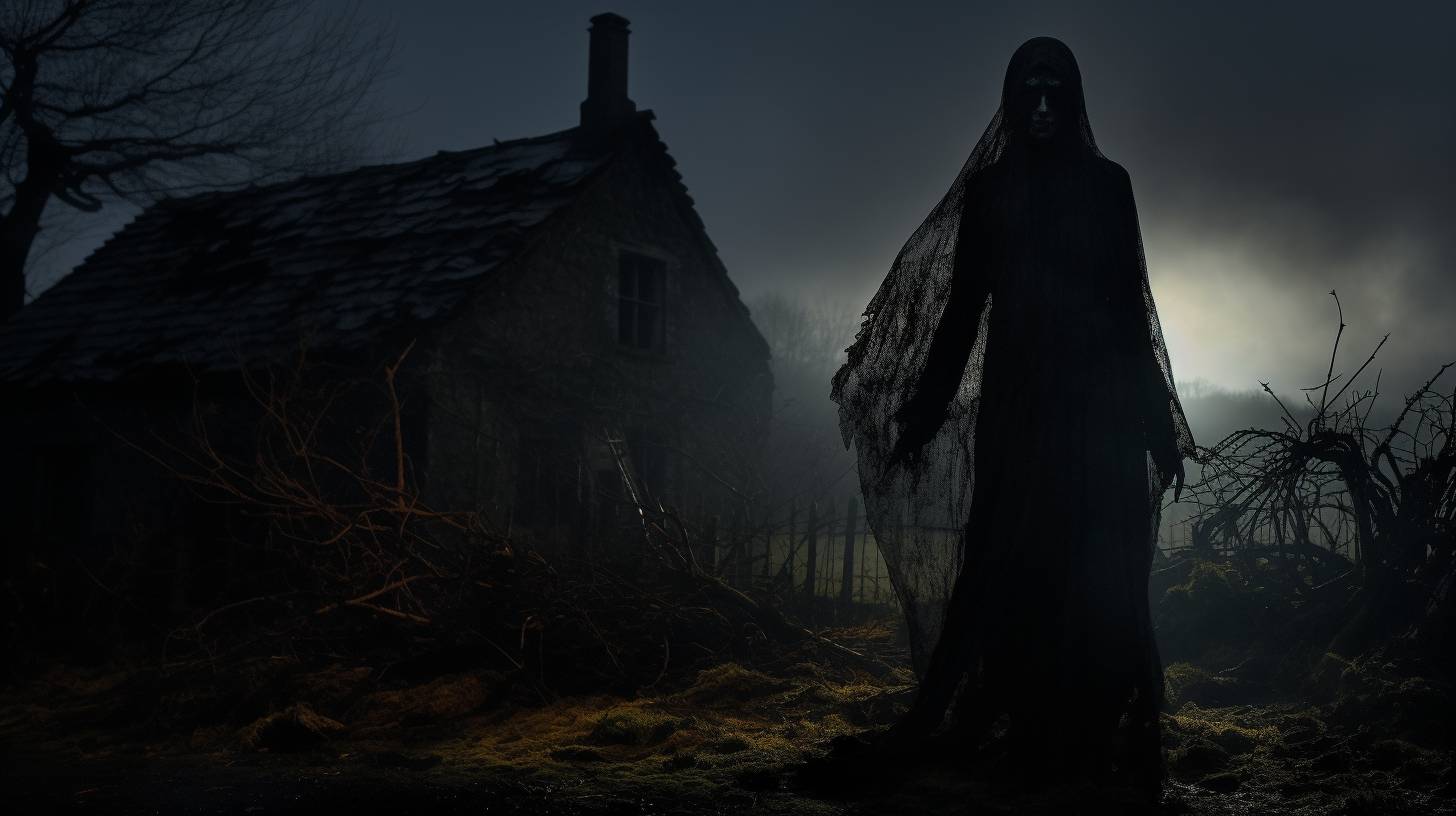
In Irish folklore, the Banshee is often portrayed as a female spirit who wails to forewarn of impending death. The term ‘Banshee’ itself is derived from the Irish words ‘bean sídhe,’ which translates to ‘woman of the fairy mound.’ The Banshee’s wail, often described as a mournful, eerie cry, is believed to be an omen of death. In some tales, the Banshee is depicted as an old woman dressed in rags, while in others, she appears as a beautiful maiden. Despite these varying physical descriptions, the Banshee’s role as a harbinger of death remains consistent in Irish folklore.
The banshee is often perceived as a single entity that haunts the land but it is generally agreed that there is more than one banshee. In fact, it is generally believed amongst Irish folklore that one exists for each family.
Scottish Bean Nighe
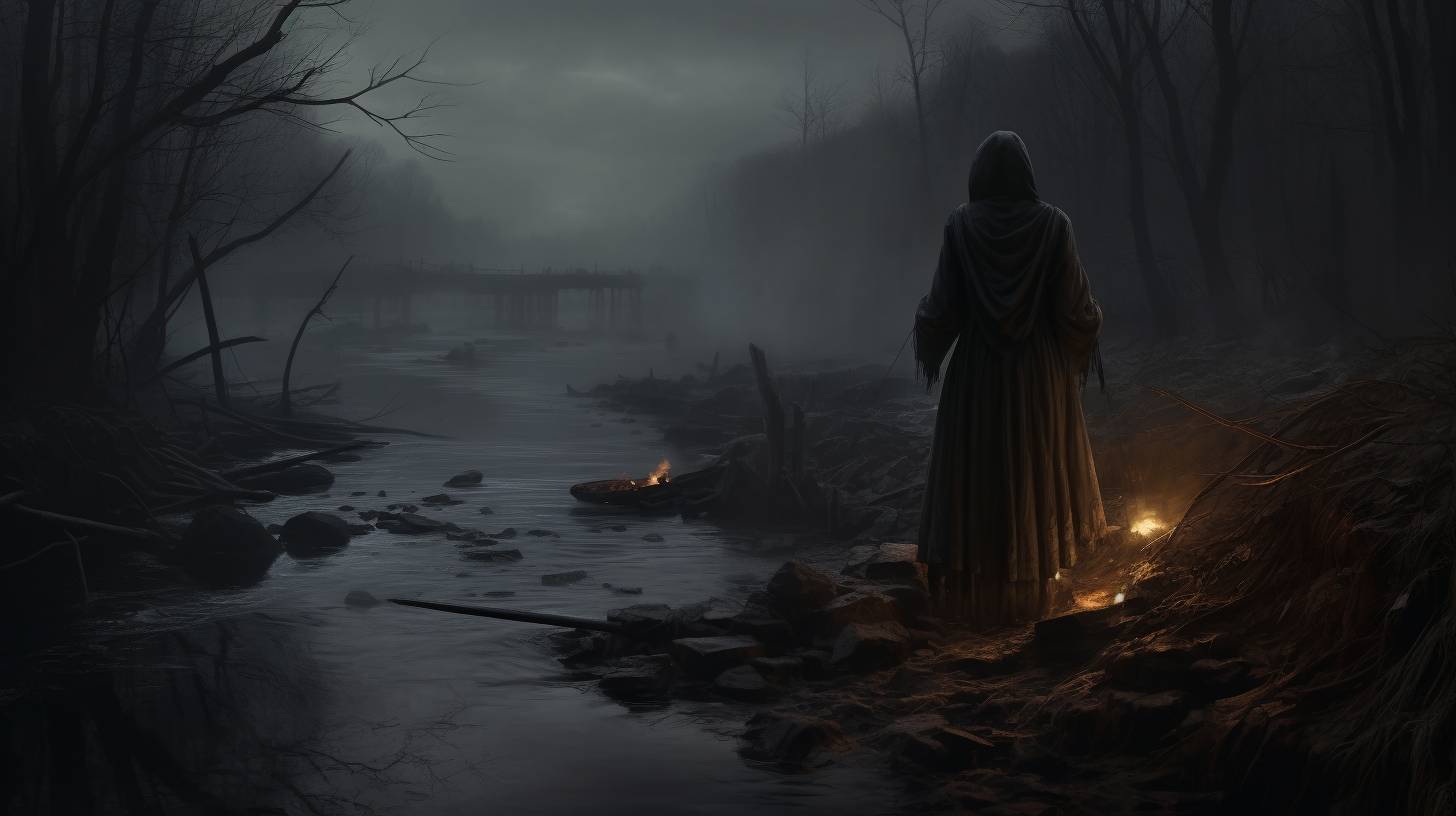
The Bean Nighe, also known as the “Washer at the Ford” or the “Washerwoman,” is a supernatural figure rooted in Scottish folklore. Known for her disheveled appearance and grim preoccupation, the Bean Nighe is often seen at night, kneeling by a stream or river, washing blood-stained clothes. These clothes belong to people who are doomed to die shortly. Both lonely and feared, the Bean Nighe exists as a harbinger of death, invoking terror and dread in those who happen upon her. This Scottish specter shares a haunting kinship with the Banshee within the realms of Celtic lore.
Originating from the same Celtic roots, the Bean Nighe and the Banshee weave a captivating web of similarity through their association with death and mourning. Both these ethereal beings are considered omens of impending death; the wail of a Banshee signals the demise of a family member, while the clothes washed by Bean Nighe foretell the person’s eventual end. These two figures are closely related, as they both embody the anguish and uncertainty associated with death, forming an eerie bond between them that transcends their cultural differences.
While these two spectral entities are connected through their prophetic links to death, their roles in the context of their mythologies differ significantly. The Banshee, often associated with specific Irish families, is a messenger of death, her wails primarily serving as a premonition for the family to mourn and prepare for the impending loss. In contrast, the Bean Nighe, by washing the clothes of those fated to meet their end, is believed to be a direct participant in the chain of events leading to the person’s death. Despite these differences, both the Banshee and the Bean Nighe contribute to the rich tapestry of Celtic folklore, imbued with otherworldly precedents and shadows of mortality.
American Culture
The Banshee’s depiction in American folklore, particularly within the Appalachian region, deviates significantly from its Irish and Scottish counterparts. Known as the ‘Banshee of the Bad Lands,’ this entity is not necessarily associated with death. Instead, it is seen as a protector of wildlife and the natural environment. The Banshee’s wail, in this context, is a warning to those who disrespect nature, signaling impending retribution.
Rusalka: The Slavic Siren
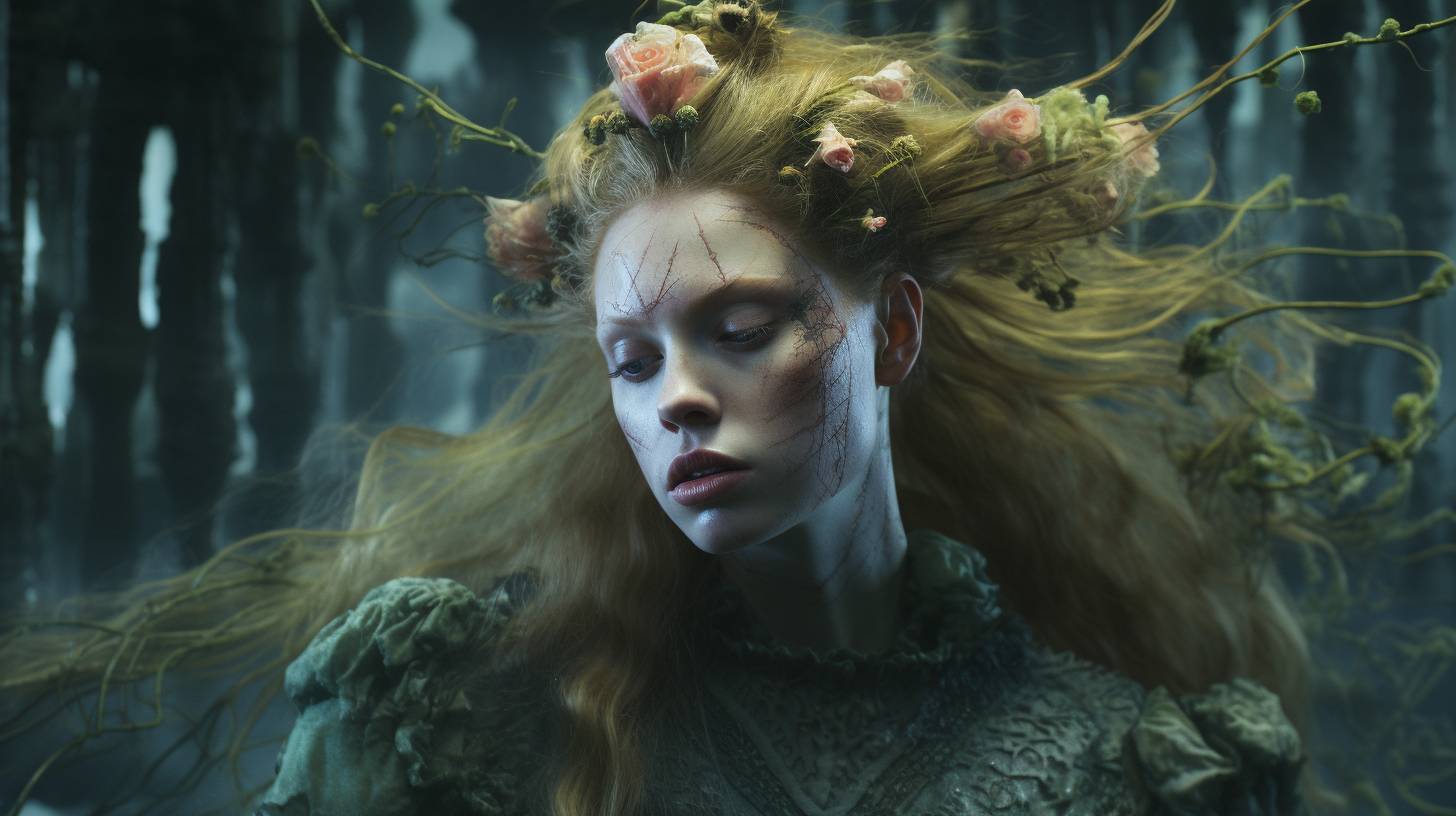
The Rusalka, a central figure in the realms of Slavic folklore, lives in chronicled tapestries of legends that mesmerize audiences with their spectral tales of beauty and doom. Unlike their western analogues, which often bear grotesque or mournful features, the Rusalkas possess enchanting beauty and allure. Imprisoned in their watery realms as a result of an untimely or violent death, they bewitch and lure men to their doom, drawing a thrilling yet ominous parallel to their Irish counterpart – the Banshee.
Despite the difference in cultural origin, the Rusalka and the Banshee share significant commonalities in their portrayal as supernatural entities associated with death. Just as a Banshee’s eerie wail forecasts the imminent demise of a familial member, the enchanting song of a Rusalka magnetizes an unwitting victim to his conclusive end. Both the entities, albeit through different methods, serve as omens of imminent death. Furthermore, the spectral qualities, their ghastly pallor and ethereal beauty, and their ability to induce fear and awe, tie these two entities together, despite the divergence in their folklore.
While the parallel between the impending doom manifested by both the Banshee’s keen and the Rusalka’s song is striking, it’s the underlying purpose of their existence that sets them apart. The Banshee is bound to old Irish families, her sorrowful wail serving as a forewarning to brace oneself for a looming loss. Her harbinger status is associated with empathy and sorrow for the imminent death. Conversely, the Rusalka is ever ready to ensnare unsuspecting men into water bodies, seeking to cause misery and death. This distinction uncovers the fine line between being a messenger of doom and the harbinger of doom, painting a distinct narrative for both these entities in their respective cultural ethos.
La Llorona: The Weeping Woman of Latin America
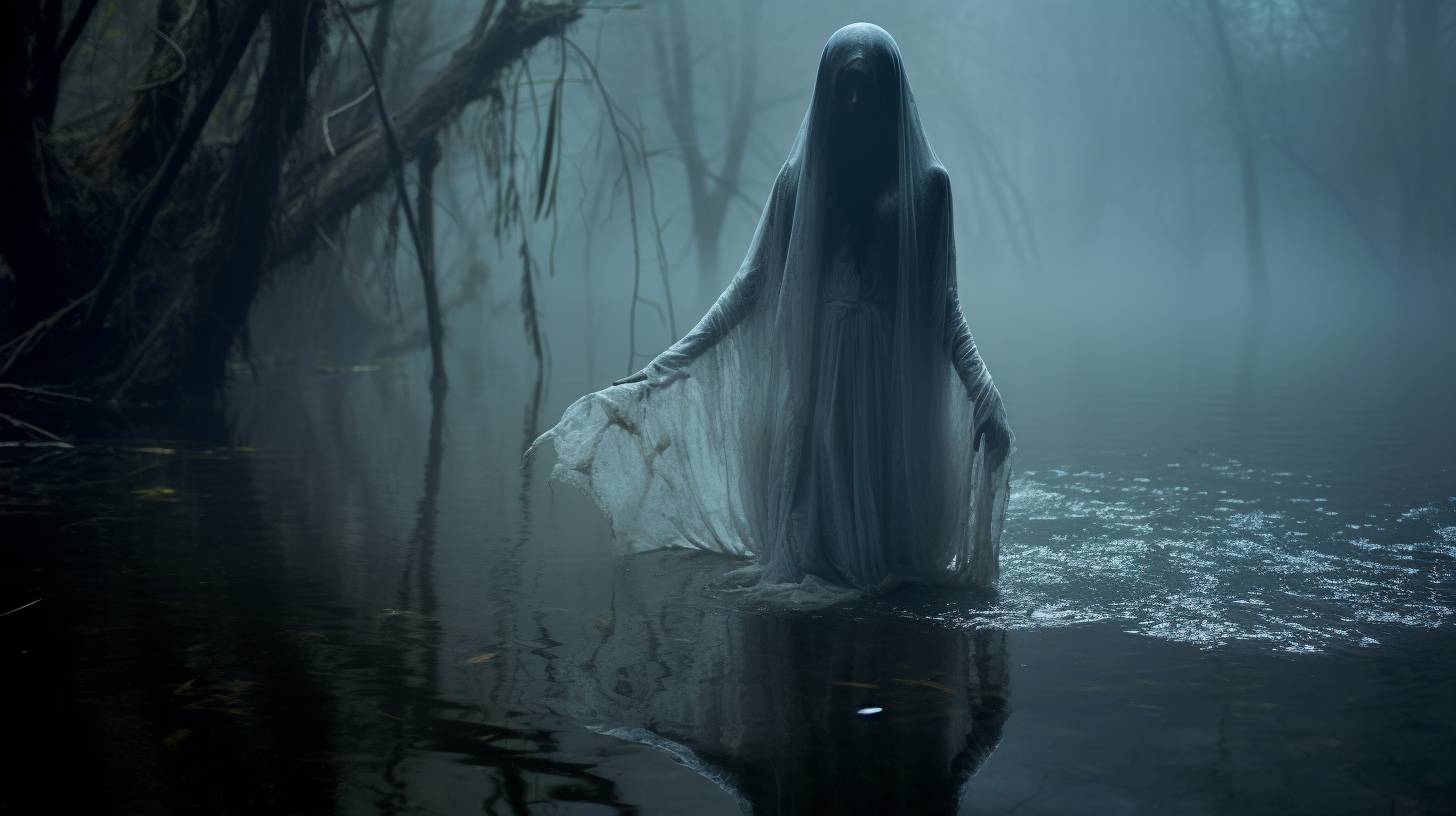
Embedded deeply in the cultural tapestry of Latin America, La Llorona, or “The Weeping Woman,” stands as a symbol of grief, regret, and lamentation. A tragic figure, La Llorona is said to be the tormented spirit of a woman who drowned her children in a moment of madness and inconsolable despair. Endlessly searching for her lost offspring, her cries of regret and sorrow resonate through the night, striking an emotional chord that resonates with those who hear her mournful sobs. This Latin American specter finds a compelling similarity with the Banshee in its association with sorrow and death.
Despite their contrasting origins and tales, La Llorona and the Banshee both linger in their respective cultural narratives as harbingers of doom and sorrow. With the Banshee’s chilling wails acting as a portent of a forthcoming death in an ancient Irish family, the echoes of La Llorona’s cries are a grim reminder of her sins and a testament to the grief that haunts her. Their piercing cries, symbolizing the distress and hopelessness intrinsic to the human condition, draw a fascinating parallel between these two diverse mythological figures.
While there is a distinct commonality in their wails, the divergent narratives underpinning La Llorona and Banshee reveal the crux of their differences. The Banshee is a messenger, her mournful wails serve as a forewarning of impending death to the afflicted family members, allowing them to brace for the loss. Although La Llorona’s cries are filled with regret, her tale is not a harbinger of death for others. Instead, the weeping woman is eternally condemned to wander the earth in search of her children, her cries a testament to the consequences of her actions and the indelible repercussions she must face. Thus, La Llorona’s story serves as a moral lesson, while the Banshee stands as a symbol of empathy for the families she warns of impending death.
Reflection of The Banshee Across The World
The Banshee’s depiction in these various cultures reflects the diverse ways in which societies interpret and respond to the concept of death and the supernatural. While the Irish and Scottish Banshees serve as harbingers of death, the American Banshee is a protector of nature, and the Nordic Myling is a spirit seeking salvation. These varying depictions underscore the cultural specificity of folklore and the ways in which different societies use these tales to navigate and make sense of the world around them.
The Banshee, while a universally recognized figure, is not universally understood. Its depiction varies greatly across cultures, each offering a unique interpretation of this supernatural entity. Whether it is seen as a harbinger of death, a protector of nature, or a spirit seeking salvation, the Banshee remains a fascinating figure in folklore, reflecting the diverse ways in which different cultures perceive and interpret the supernatural.
Common Themes and Differences
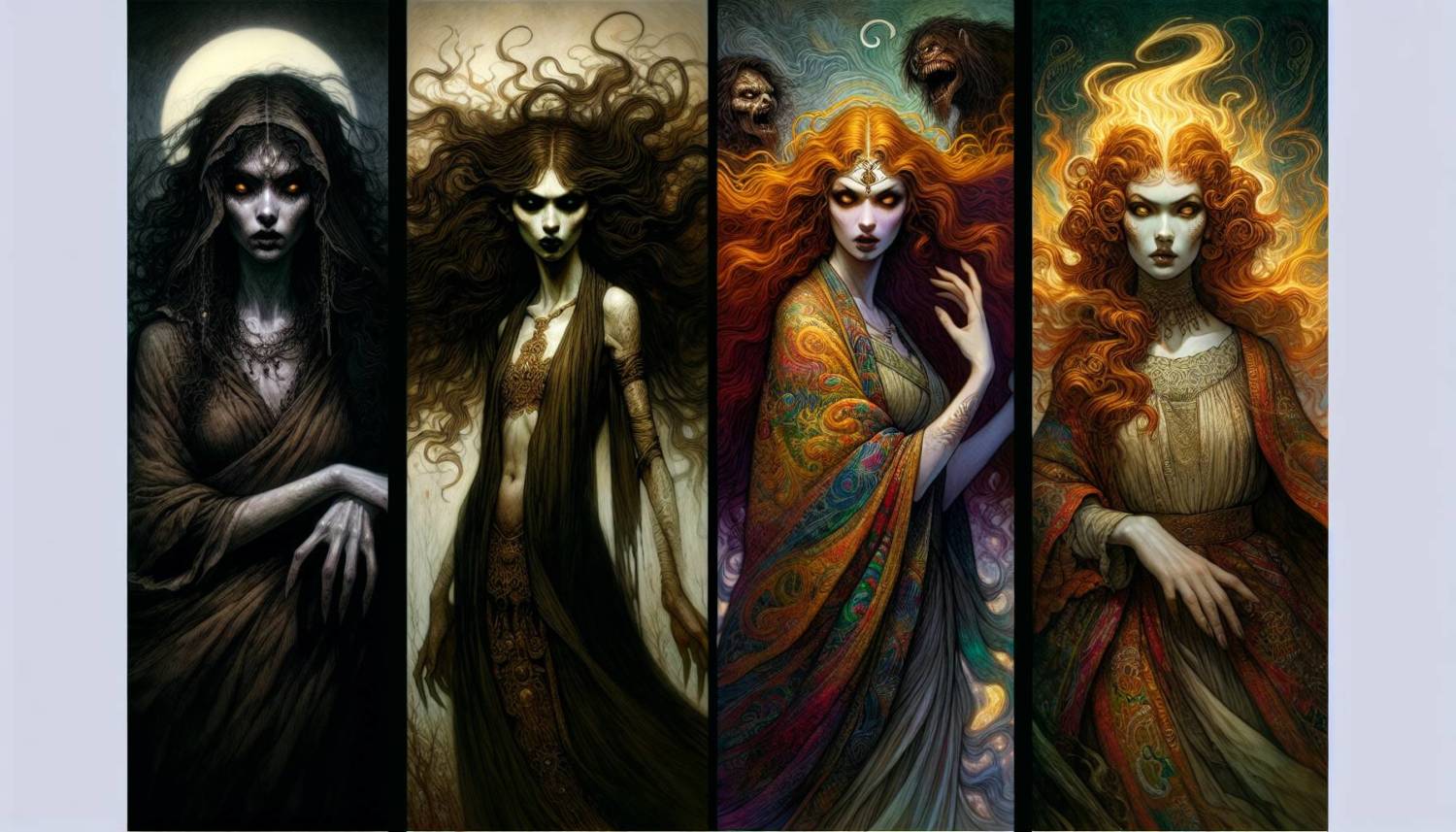
Each of these spectral entities shares common themes embedded in their legends, such as death, sorrow, and regret. Their physical forms — beautiful or frightful — and their unearthly wails or songs are tools of foreshadowing and conveyance of doom.
The main difference lies within their purposes and the lessons they imbue. The Banshee appears as a messenger, her wails serving to prepare a family for impending death. The Rusalka, in contrast, is a seductress leading men to their demise, often as a form of revenge for the wrongs done to them during their lives. Meanwhile, La Llorona is trapped in her penitential cycle due to her horrendous actions, her tale serving as a warning about the consequences of one’s actions.
While springing from diverse cultures and histories, the Banshee, Rusalka, and La Llorona are united by shared themes inherent in human experiences — death, regret, and the supernatural. Their stories and the lessons they contribute shape societal narratives and cultivate a deeper understanding of human emotions and fears. By comparing these legendary entities, we don’t just delve into fascinating mythological accounts, but we also gain insights into the societies they haunt, reflecting our collective consciousness across different cultures.
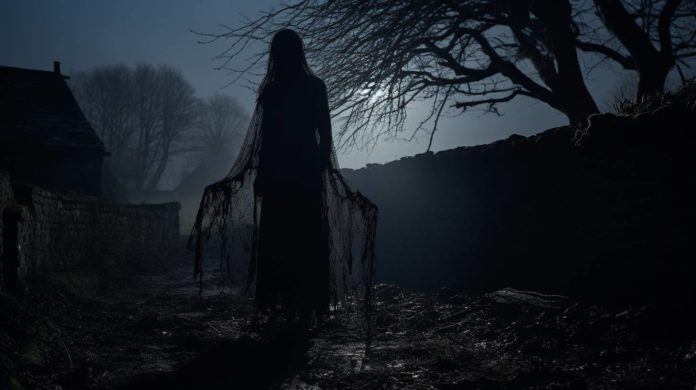
 The Banshee
The Banshee